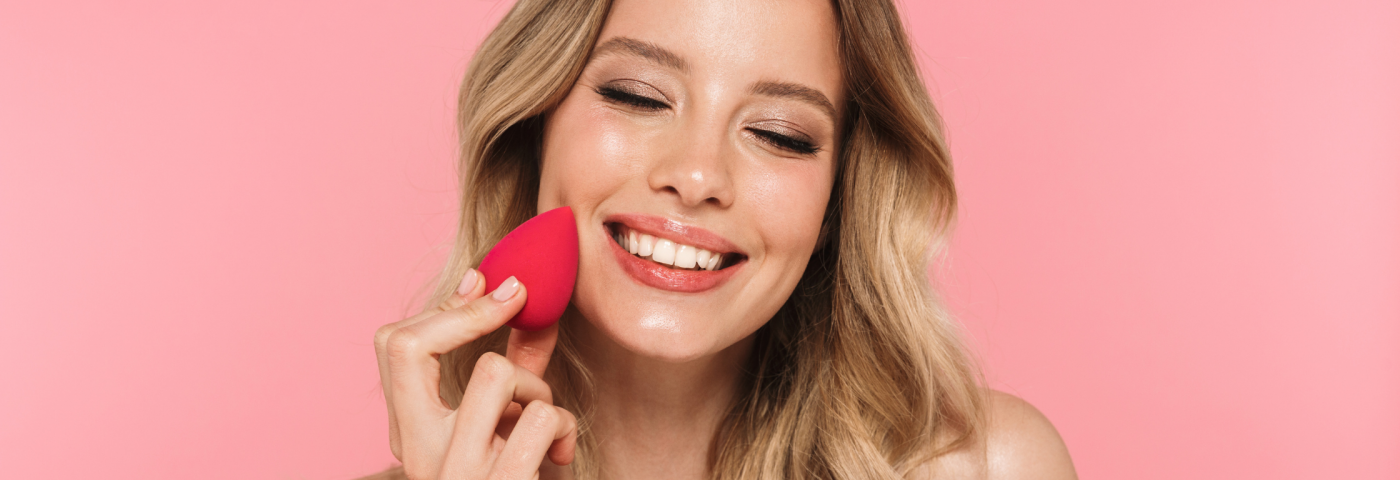Feelings
In the formulation stages of marketing product development, do we ever think of the consumer’s “feelings” with product use? Feelings – it’s that part of our inner emotional beingness where we experience sensations or moods like joy, comfort, thrill, sadness, happiness, etc.
Consumer well-being is trending in skincare and beauty products. How do we reach consumers’ emotionally in this new world of ours that is crammed with news, advertisements, protests, TikTok videos, and influencers grabbing for their attention?
Add daily interruptions from social media platforms or digital engagement and the expansion into the metaverse where it’s possible to lose connection of some of our senses altogether.
With brands tuning in to the latest beauty trends like mindfulness regimens, which incorporates observing being in the moment and our feelings, the opportunity to address emotions in beauty care development is truly holistic. Personal care raw material suppliers are happy to provide the exact ingredients to enhance the aesthetic product use experience that supports an emotional connection.
No longer are we inspired to only bring wholeness and healing to our physical bodies with products, now we consciously strive to heal our spirits and our inner selves along with the world around us through a multi-dimensional product experience.
It’s what I refer to as the “Sensoround” experience at BeautyEdge LLC. Sensoround™ brings your beauty brand vision to life. It’s all about the product experience in today’s competitive beauty market. Visual and textural appeal… olfactory essences… an emotional and intellectual connection. BeautyEdge creates a specialized “sensoround” product experience appropriate to your brand.
The science behind sensory
Documented studies on the connection of sensory perceptions’ influence on consumer engagement and purchase abound. Neuroscience also plays a role in aesthetic appeal and product engagement. Brand and sensory experience leads to brand loyalty, translating into increased sales and revenues. Research shows that customers form their opinions about brands based on the perceptions formed by the sensory stimulation.
Below are sources for further exploration:
- In Aradhna Krishna paper “An integrative review of sensory marketing: Engaging the senses to affect perception, judgment, and behavior,” she reviews the consumer perception of product engagement with the five senses. Read more about her studies here: https://aradhnakrishna.com/research/
- The American Journal of Industrial and Business Management highlights the Emotional Connect between Brand and Consumer through Sensory Branding
- The Journal of Product and Brand Management offers an abstract on the effect of sensory brand experience and involvement on brand equity directly and indirectly through cognitive, emotional and behavioral consumer brand engagement (CBE)
- An article in Science Focus highlights more than five (5) senses.
The brand to consumer connection
Let’s use a simple example that can offer powerful results considering sensory marketing and connecting emotionally to the consumer through product use. Perhaps you would like to launch a brand with the ingredient marketing story around “water.” It can be any type of water: mineral water, vitamin water, fruit water, etc.
When creating the aesthetic piece of the formula, identify what you would like the consumer to experience holistically, outside of the topical benefits of hydration, moisturization and protection. What are those inner experiential “feelings” that can be evoked that we cannot always identify as marketers?
For this “water” product story, a shower creates feelings of renewal and invigoration; a warm bath calms; and walking through summer rain brings inner peace.
These “feelings” are expressed through the product aesthetic itself. Given a “water fresh” brand story would mean for the most part that the aesthetic of the product/s may be a gel, gel cream, gelled souffle, a gelled-water – a lightweight texture with a luxurious cushion, and water wet feeling on application.
If you were to create this same product with an aesthetic texture that is buttery, or matte and draggy on skin, there would be a total disconnect to the consumer in the product experience. The use of the product would be kind of “flat” and that internal piece of “feeling good” in use would be confusing to the user.
The importance of aesthetic texture is higher than ever. Using it as the initial brand concept benchmark delivers uniqueness. Start brainstorming today and take the time to make sure your brand stands out from the crowd. Need advice getting started on new product or brand development? Reach out to us at BeautyEdge LLC
Enjoyed this article? Get more by subscribing to our newsletter!
Feeling inspired to see ingredients and trends in action?
Then why not visit one of the in-cosmetics events around the world?

